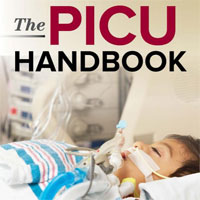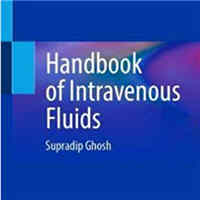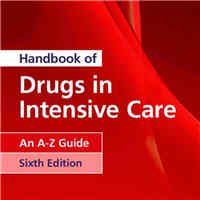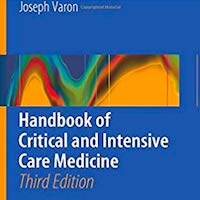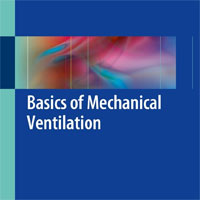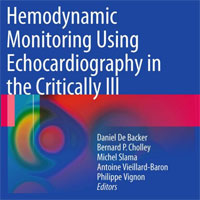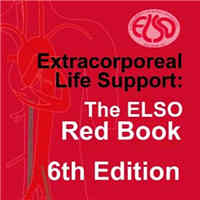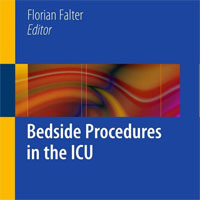Tag: intubation
Mechanical Ventilation-induced Diaphragm Atrophy Strongly Impacts Clinical Outcomes
Diaphragm atrophy developing during mechanical ventilation strongly impacts clinical outcomes. Targeting an inspiratory effort level similar to that of healthy subjects at rest might accelerate liberation from ventilation.... read more
Early Mobilization Reduces Duration of Mechanical Ventilation and Intensive Care Unit Stay in Patients With ARF
The introduction of early mobilization for patients with mechanical ventilation (MV) in the ICU shortened MV durations and ICU stays. A multidisciplinary team that includes the patient's family can work together to improve... read more
Reversing Neuromuscular Blockade
Neuromuscular blocking drugs have for years enabled anesthesiologists beneficially to relax skeletal muscles to improve anesthetic management, increase safety and quality of tracheal intubation, and to provide favorable intraoperative... read more
Emergency Department Intubation Success With Succinylcholine vs. Rocuronium
In this large observational series, there was no association between paralytic choice and first-pass rapid sequence intubation success or peri-intubation adverse events. There were 2,275 rapid sequence intubations facilitated... read more
Laryngeal Injury and Upper Airway Symptoms After Oral Endotracheal Intubation With Mechanical Ventilation During Critical Care
Laryngeal injury from intubation is common in the ICU setting. Guidelines for laryngeal assessment and postextubation surveillance do not exist. A systematic approach to more robust investigations could increase knowledge... read more
Extubating Ventilated Patients on Vasoactive Infusions is Safe
In a large single centre study, 21% of intubated patients who received infusions of vasoactive infusions while mechanically ventilated were extubated for the first time while still receiving them. Coincident with their earlier... read more
Hemodynamic Impact of Oxygen Desaturation During Tracheal Intubation Among Critically Ill Children With Cyanotic and Noncyanotic Heart Disease
Oxygen desaturation was more commonly observed during tracheal intubation in children with cyanotic versus noncyanotic heart disease. However, hemodynamic tracheal intubation associated event rates were similar. In both groups,... read more
Does Head of Bed Elevation During Intubation Improve Patient Oriented Outcomes?
To date the study that has shown the biggest benefit to HOB elevation is the 2016 study performed by Khandelwal and colleagues in a teaching hospital system in Seattle, WA. 528 patients managed by anesthesiologists... read more
Worse outcomes with video laryngoscopy in ICU
When used in intensive care units, video laryngoscopy did not improve the chances of successful intubation on the first try, compared with direct laryngoscopy, and was associated with a significantly higher risk of severe... read more
Emergency Department Hyperoxia Associated with Increased Mortality in Mechanically Ventilated Patients
Emergency Department exposure to hyperoxia is common and associated with increased mortality in mechanically ventilated patients achieving normoxia after admission. This suggests that hyperoxia in the immediate post-intubation... read more
Airway Closure during Surgical Pneumoperitoneum in Obese Patients
In obese patients, complete airway closure is frequent during anesthesia and is worsened by Trendelenburg pneumoperitoneum, which increases airway opening pressure and alveolar pressure: besides preventing alveolar derecruitment,... read more
Integrating host response and unbiased microbe detection for lower respiratory tract infection diagnosis in critically ill adults
Lower respiratory tract infections (LRTIs) are the leading cause of infectious disease-related deaths worldwide yet remain challenging to diagnose because of limitations in existing microbiologic tests. In critically ill... read more
Effect of High-Flow Nasal Oxygen vs Standard Oxygen on 28-Day Mortality in Immunocompromised Patients With ARF
Among critically ill immunocompromised patients with acute respiratory failure (ARF), high-flow oxygen therapy did not significantly decrease day-28 mortality compared with standard oxygen therapy. Of 778 randomized patients... read more
Alternatives to Rapid Sequence Intubation: Contemporary Airway Management with Ketamine
Endotracheal intubation (ETI) is a high-risk procedure commonly performed in emergency medicine, critical care, and the prehospital setting. Traditional rapid sequence intubation (RSI), the simultaneous administration of... read more
Noninvasive ventilation for avoidance of reintubation in patients with various cough strength
The aim of this study was to assess whether prophylactic noninvasive ventilation (NIV) would benefit patients with various cough strengths.... read more
The Effect of Adhesive Tape vs. Endotracheal Tube Fastener in Critically Ill Adults
The optimal securement method of endotracheal tubes is unknown but should prevent dislodgement while minimizing complications. The use of an endotracheal tube fastener might reduce complications among critically ill adults... read more
PERFECT Protocol: Volume-based Feeding in Ventilated Adults
Underfeeding in critical illness is common and associated with poor outcomes. Researchers in the UK designed a before-and-after study to evaluate the safety, efficacy and clinical outcomes associated with volume-based feeding... read more
Tidal Volume Strategies for those without ARDS
This paper justifies utilizing a higher tidal volume strategy for our patients without primary ARDS/pulmonary disease. This can be very useful. Patient comfort and patient-ventilator synchrony are extremely important. This... read more
Diagnosis and Management of Acute Exacerbations of COPD – Pharmacology CME
As more and more patients present to the ED with symptoms that suggest an acute exacerbation of Chronic Obstructive Pulmonary Disease (COPD) –worsening dyspnea, cough and sputum production – emergency clinicians can... read more
Tracheal Intubation Practice and Safety Across International PICUs
There were both similarities and differences in tracheal intubation practice and outcomes across international PICUs. Fewer adverse tracheal intubation–associated events were reported from International versus North American... read more
Airway Management in Microgravity
In the near future, space programs will shift their focus toward long‐duration interplanetary missions, in particular to the Moon and Mars. These exploration missions will be associated with an increased risk of acute medical... read more
Sleep Deprived-Patients in ICU May Fail to Get Off Ventilation
Attempts to wean intubated, critically ill patients off mechanical ventilators were less successful when the patients exhibited atypical sleep or pathological wakefulness, researchers reported. The findings suggest that sleep... read more


